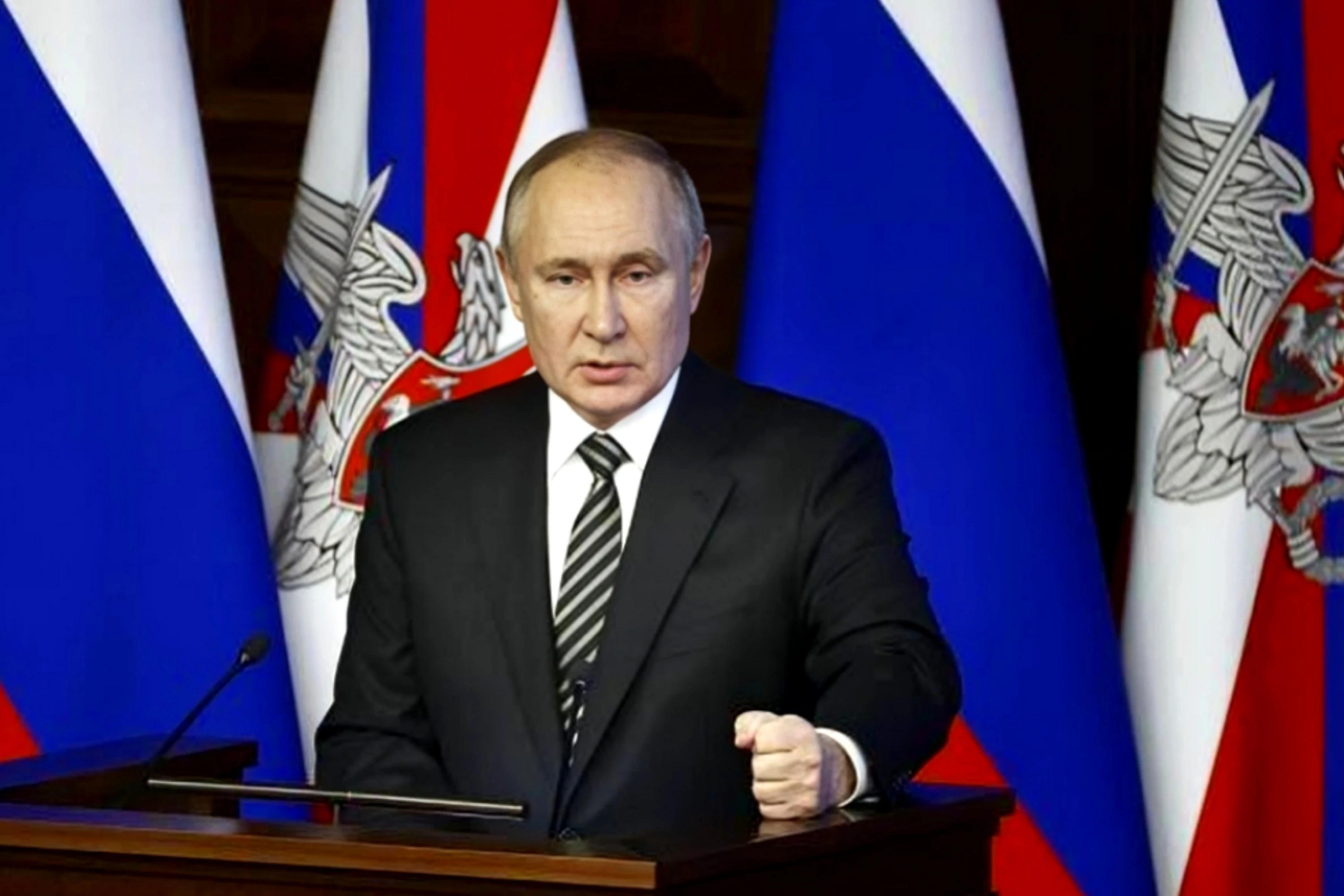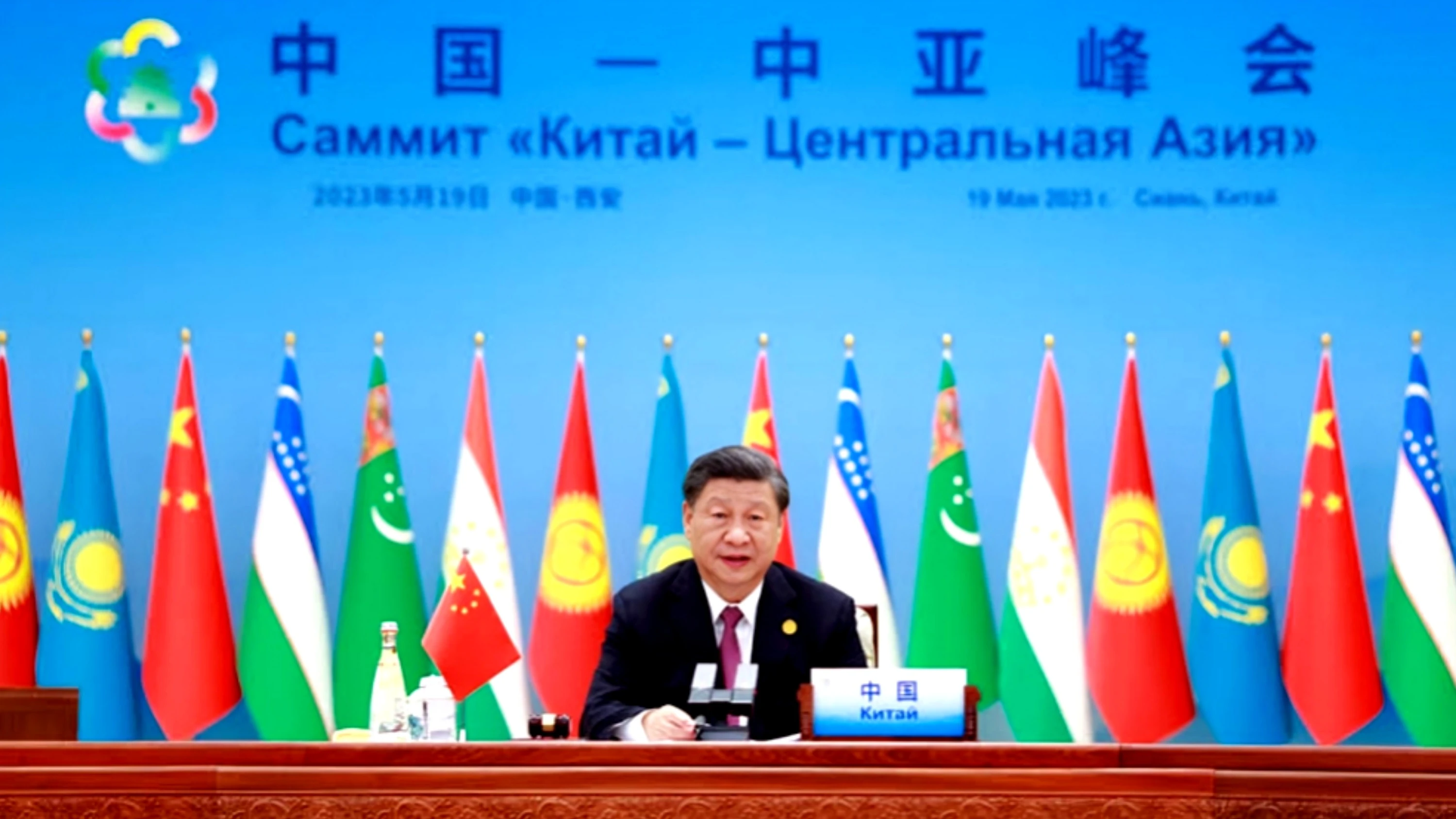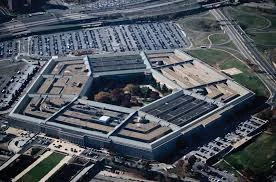Report: Global military expenditure experienced its steepest annual rise since the end of the Cold War, reaching an all-time high in 2024, according to new research by the Stockholm International Peace Research Institute (SIPRI).
The report highlights that all 15 of the world’s largest military spenders increased their defence budgets last year. The biggest jumps were observed in Europe and the Middle East, with global military spending climbing by 9.4% in real terms. This brought the total to $2.718 trillion (€2.389 trillion), representing 2.5% of global GDP.
Leading the surge in defence budgets were the United States, China, Russia, Germany, and India. Together, these five nations accounted for a combined total of $1.635 trillion (€1.437 trillion), which made up 60% of the world’s overall military expenditure.
In Europe, military outlays have surged in response to Russia’s full-scale invasion of Ukraine in 2022. All European nations except Malta increased defence spending in 2024. Germany topped the region's list with a record €77.89 billion ($88.5 billion), making it Central and Western Europe’s biggest spender.
Poland saw one of the sharpest increases, boosting its defence budget by 31% to $38 billion (€33.4 billion), which now accounts for 4.2% of its GDP. Ukraine, engaged in a prolonged conflict with Russia, raised its military spending by 2.9%, reaching $64.7 billion (€56.8 billion) — the equivalent of 43% of Russia’s military budget and the highest military burden globally relative to GDP.
Russia’s expenditure of $149 billion (€131 billion) was included in the European total, which reached $693 billion (€609 billion) for the year.
Meanwhile, conflict levels globally have remained high. The Uppsala Conflict Data Program (UCDP) recorded 59 state-based armed conflicts in 2023 — the highest number since records began in 1946 — and this trend is expected to continue in 2025.
SIPRI researcher Xiao Liang warned of the broader implications: “Governments are increasingly funnelling resources into military security, which could lead to serious long-term consequences for social and economic development.”
In March, European Commission President Ursula von der Leyen unveiled the "Rearm Europe Plan", potentially mobilising up to €800 billion to scale up defence capabilities across the EU.
According to SIPRI researcher Lorenzo Scarazzato, the current trajectory indicates that Europe has entered an era of sustained high defence investment, with no signs of a slowdown in sight.
On the other hand, across the world, humanitarian aid is facing continuous and alarming reductions. The United States has ceased operations under USAID, resulting in the shutdown of numerous organizations that once provided essential support such as food and medicine. As a result, millions of people are now left vulnerable without the aid they desperately need.
Beyond the U.S., countries in Europe—particularly the United Kingdom—have also significantly reduced their humanitarian contributions, redirecting those funds toward military expenditures.
Major organizations, including the United Nations and several prominent human rights institutions, have been forced to shut down operations in various regions. This has led to widespread layoffs of staff and field workers, further weakening the support infrastructure for crisis-hit populations.
The global shift toward militarization, paired with declining investment in human rights and humanitarian efforts, is steering the world toward a dangerous path—especially at a time when climate change is intensifying crises related to health, food insecurity, and mass displacement.








